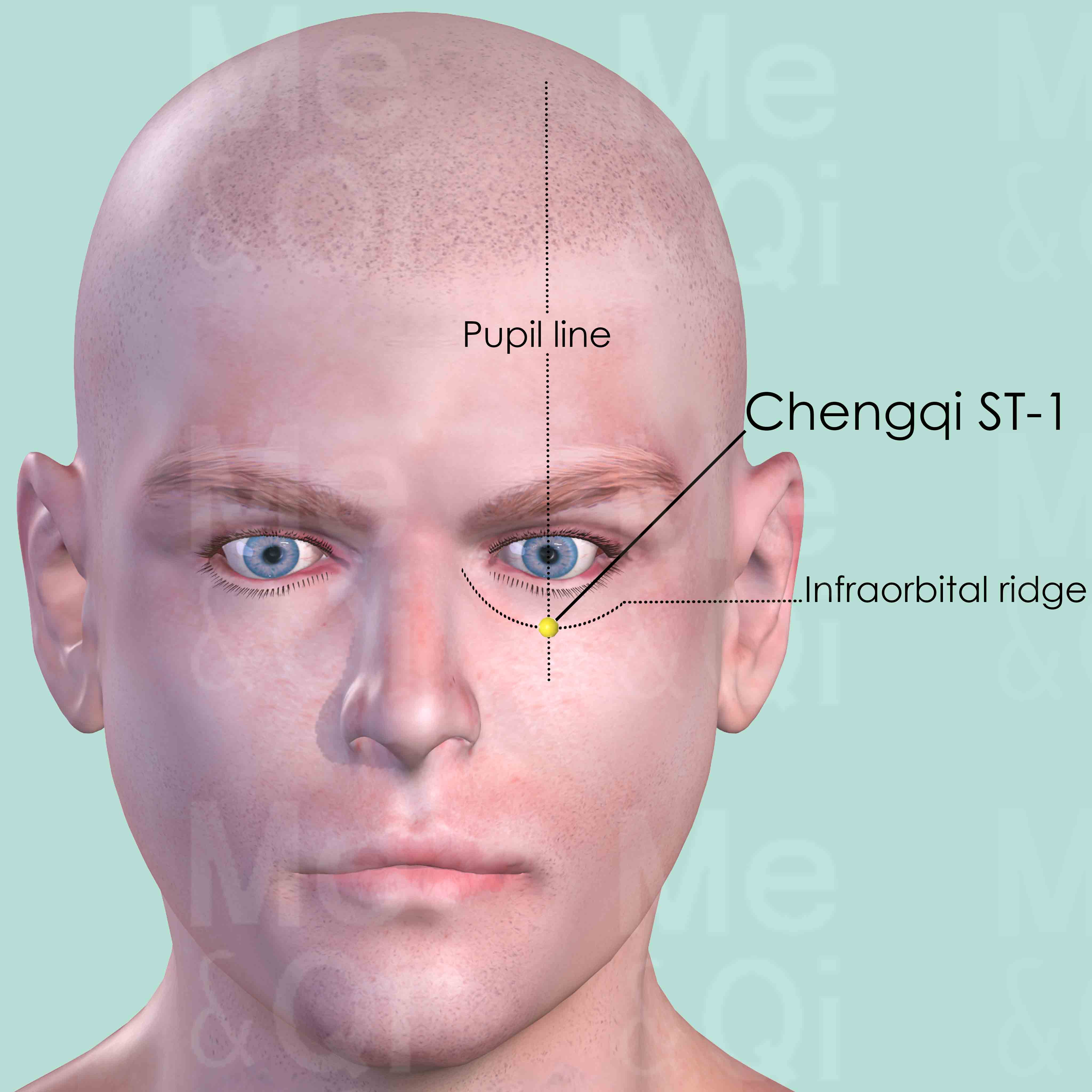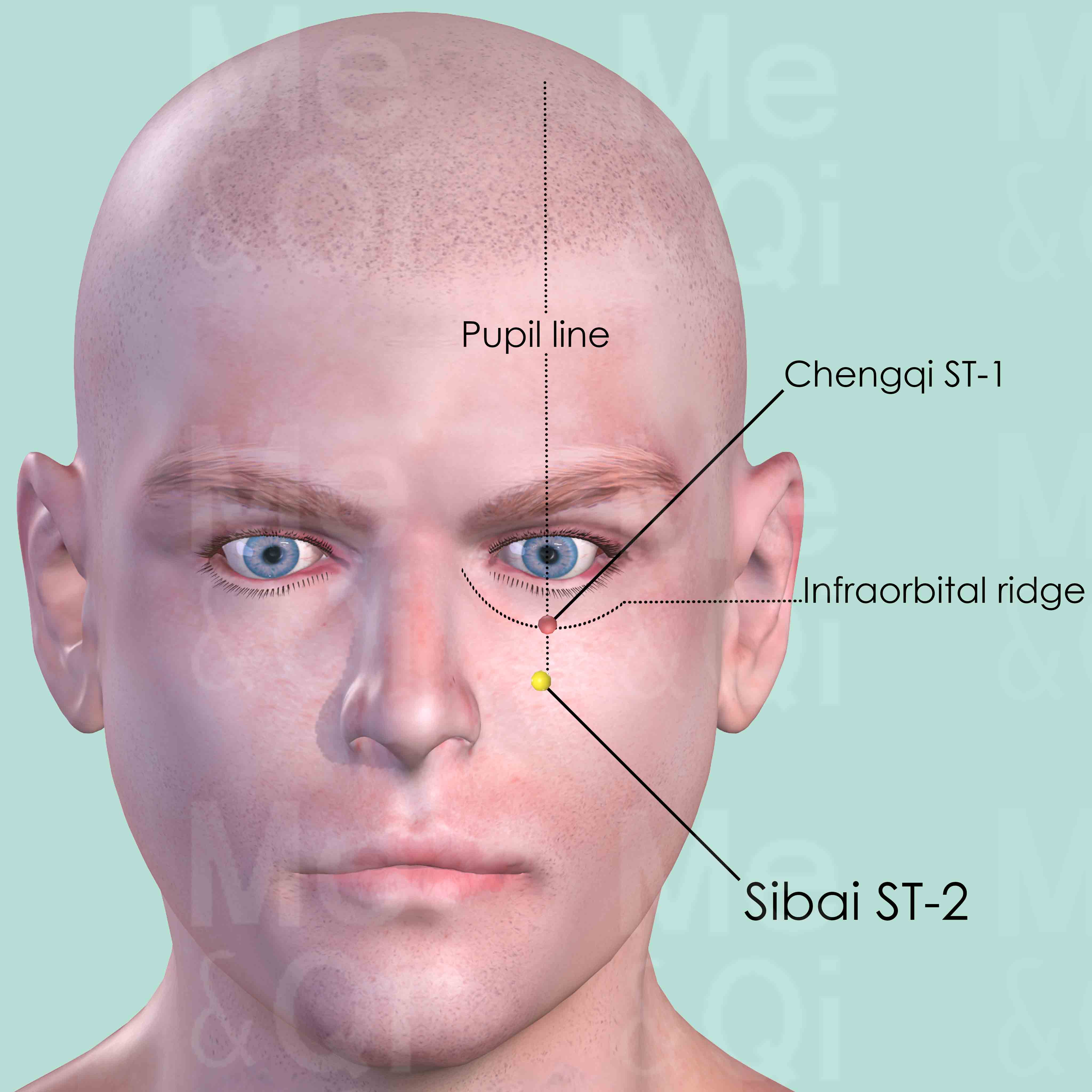Color Blindnessaccording to TCM
Symptom family: Vision Impairments and Disorders
What is Color Blindness?
Color blindness is a visual deficiency where one's ability to perceive colors is compromised. Those with this condition cannot distinguish certain colors, with red-green deficiency being the most prevalent type. It results from genetic factors that affect the cone cells in the retina, crucial for color vision. While total color blindness is rare, partial color blindness is more common, affecting a substantial portion of the population.
How does TCM view Color Blindness?
In Traditional Chinese Medicine (TCM), color blindness is seen through the lens of energetic imbalances, particularly those affecting the meridians related to vision. TCM theory suggests that the eyes are closely linked with the Liver; however, issues like color blindness may arise from imbalances in the flow of Qi, leading to Wind or Heat in the Channels that directly serve the eyes. Correcting such imbalances is key to treatment, with a focus on harmonizing the Qi and dispelling pathogenic factors that affect vision.
Acupoints for Color Blindness
TCM recommends certain acupoints that are believed to be effective in addressing vision-related issues, including color blindness. Acupoints such as Chengqi ST-1 and Sibai ST-2 are located in proximity to the eyes and are traditionally used to clear Wind and Heat from the meridians that impact visual faculties.
By stimulating these points, TCM practitioners aim to restore the smooth flow of Qi and Blood to the eyes, potentially alleviating symptoms of color blindness. These interventions are part of a holistic approach that seeks to rebalance the body's energies and improve overall ocular health.
Explore below some acupoints used to address color blindness, organized by meridian.
- By Meridian
- Stomach Channel


